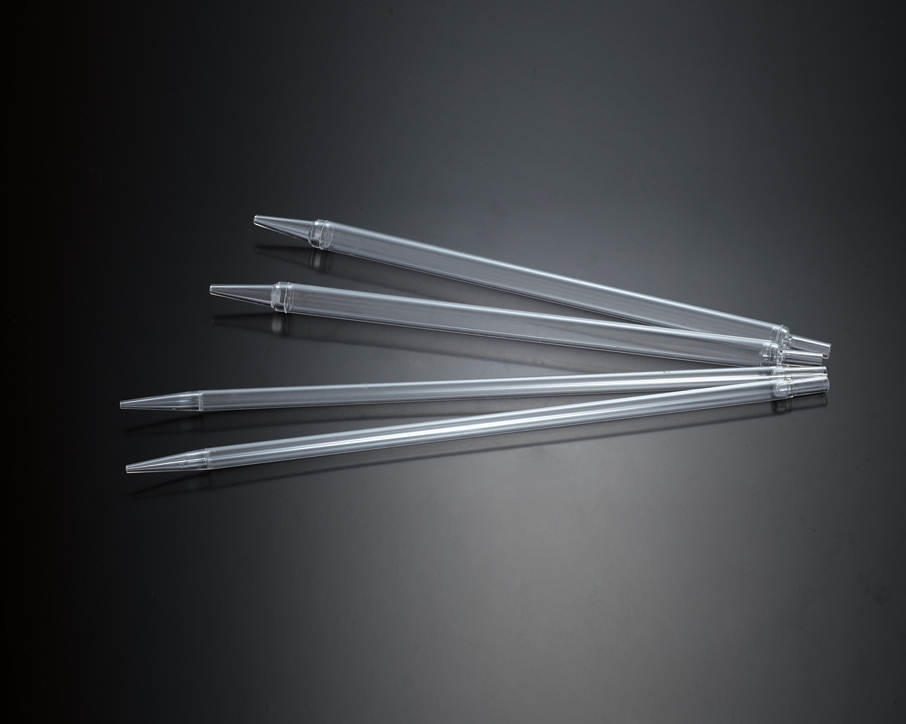Use Consistent Force
When putting the pipette tip, you should not over exert yourself. A single person per experiment should do the installation of the tips. If the tip is installed with too much force, it could break. Even a slight crack could lead to skewed results. If the equipment appears not to fit each other easily, take a moment to examine what is going wrong.
Pre-Wet The Pipette
You should use distilled water for this purpose. Fill the pipette with the water and then flush it out. Do this at least twice. It will ensure that you get consistent results each time. If you do not, the results of any measurements you take could be adversely affected by contamination. Never assume that the pipette has been cleaned.
Pipette at 45 Degrees and Aspirate at 90 Degrees
The angles of aspirating and pipetting are important. It ensures that you will take the exact volume you need. In addition, it ensures that you will remove all the liquid collected with high accuracy. Failure to do this will result in high inaccuracy and inconsistency in the results.
Do Not Squirt
When you take liquid, dispense towards the side of the receptacle. Alternatively, dispense it inside the liquid. However, squirting affects the results. The air may have compounds that contaminate the results. Your results will not be dependable and are scientifically worthless.
Release the Plunger Slowly
When you release too quickly, air will undoubtedly be sucked in. The results will thus be hard to ascertain. In addition, it makes it harder to collect just the right amount of liquid. You will find that you waste a lot of time trying to get the liquid into your pipette. The more time it takes to transfer liquid from one receptacle to another, the longer contaminants have a chance to interfere with the accuracy of the results.
Keep the Pipette on a Rack
When you hold the pipette in your hand for long, there is thermal transfer. Any heat generated within the pipette greatly affects the results. Most of the chemicals used in a science lab are affected by even the slightest change in temperature. They begin to break down and change their form subtly. Thus, your results will be highly undependable.
Pause After Pipetting
After aspirating the liquid, you should pause for just a moment. The pause allows the liquid to settle. It will still be moving immediately after aspiration. If you pull out too fast, some of the liquid will be lost. Pull it out slowly to minimize momentum, which causes more loss of liquid.
Immerse the Tip Just Blow the Meniscus
Usually, that means about three millimeters below the surface of the liquid. In short, only the tip should be inside the liquid. If you plunge too much of it in the liquid, too much excessive liquids clings to the side. It could offset the accuracy of your results by a huge margin. If you are doing many tests at once, you will not be able to determine what volumes you use. While using a pipette, even a millimeter of excess liquid could change the outcomes.
Use the Proper Tip
Never mismatch the aspirating pipettes and the tip. Use the equipment as it comes from the manufacturer. If you do this, there is a high chance you will get poor results. The equipment is calibrated using sophisticated software for the best results. Any changes you make lead to a higher margin of error.
A Guide for Selecting the Tip
You can find more information at this link on choosing your aspirating pipettes tip.
- No particles or dust
- Uniformity in shape and size
- Not have any metal
- Made of virgin polypropylene
- Having identification marks
Summary
When equipment comes from the manufacture, it may be inaccurate. Take your time. You can buy aspirating pipettes online. It is much easier than visiting brick and mortar stores, which will cost money. In addition, they may break during the long journey.





